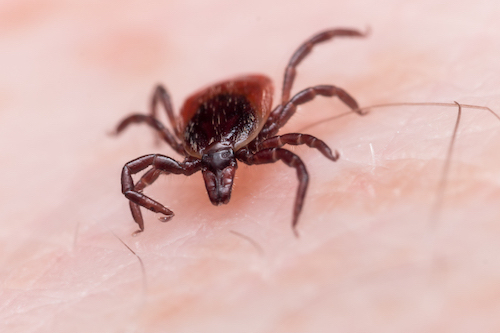
Ticks really suck. Literally. But more than that, these bugs, though small, can have a giant impact on the lives of you and your loved ones if they find you on the dinner menu. Here in Chelmsford and all over Massachusetts, we’re familiar with the dangers of Lyme disease, but there are many more serious tick-borne illnesses on the rise in our area, including Babesiosis and the rare but fatal Powassan virus.
While not all ticks are vectors of dangerous diseases, why take a chance? While Chelmsford is part of the Middlesex Tick Task Force, they basically tell you what to do after you get bitten by a tick. Even Chelmsford Wicked Local has been publishing articles about how officials are urging vigilance about ticks. However, their suggestion of “A little bit of vigilance, and some bug spray, can go a long way in reducing the health risks associated with ticks” is a nice sentiment, but it takes more than “vigilance and bug spray” to prevent tick-borne illnesses.
Wouldn’t you just rather avoid these little monsters all together?
Professional tick control is essential.
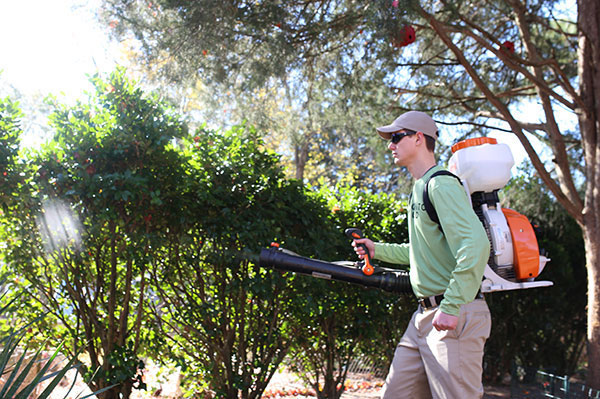
Not only will a reputable tick control company eliminate up to 90% of mosquitoes with our specially formulated barrier spray treatment, the same micro encapsulated formula also eliminates up to 90% of adult ticks and fleas on contact. It’s pretty powerful stuff, but when it comes to your Chelmsford tick control, you can go one step further to protect you and your loved ones from ticks and tick-borne illnesses.
Step 1:
The first line of defense for Chelmsford tick control is treating the perimeter of your yard, working inward, just like a traditional barrier treatment. It is important to treat all the foliage while avoiding flowers, plus surfaces around and underneath patios and decks. But for ticks, extra attention should be given to the tall grassy areas, because that’s where they generally spend the most time breeding, resting, and well, waiting for dinner. Don’t allow your family to be on the menu!

With a time-released formula, your property will be protected for three weeks before needing reapplication. Barrier treatment has the added benefit of preventing the eggs of ticks from hatching and thus puts a stop to the next generation of these pests.
Step 2:
Lyme Disease and other tick born diseases are most often transmitted by the deer tick, but other ticks are vectors, too. Not all ticks are carriers of these illnesses, but it’s best to err on the safe side. Ticks become infected when they feed on small animals, such as mice, that are infected. By going straight to the source through the implementation of tick tubes, you can stop the cycle of disease where it would normally start, by eliminating ticks before they come anywhere near people and pets.

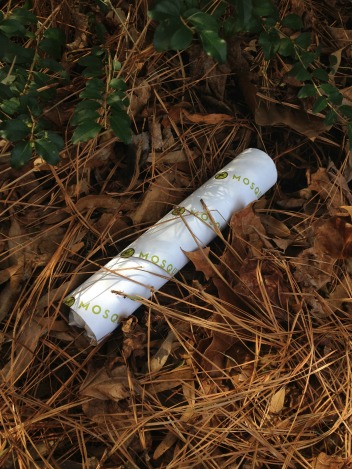
Tick tubes are small, biodegradable tubes that can be placed strategically around your yard. They are stuffed with a treated cotton that entice mice to bring back to their nests. When a tick bites one of these mice, it is eliminated shortly afterward. This extra, proactive step can be taken for your Chelmsford tick control to help eliminate the tick population in your yard by up to 90% before they’re able to multiply.
Reputable tick control companies’ products are EPA-registered, but some will also offer an all-natural treatment for your unwanted yard bugs. Based on natural oils, this more “crunchy” approach focuses more on repelling these little monsters than eliminating them. It’s not quite as effective as traditional mosquito and tick control solution, but it’s pretty close — most folks notice a reduction in yard pests between 65-80%. Also a time-released solution, this application is recommended to be repeated every two weeks, instead of the traditional three.


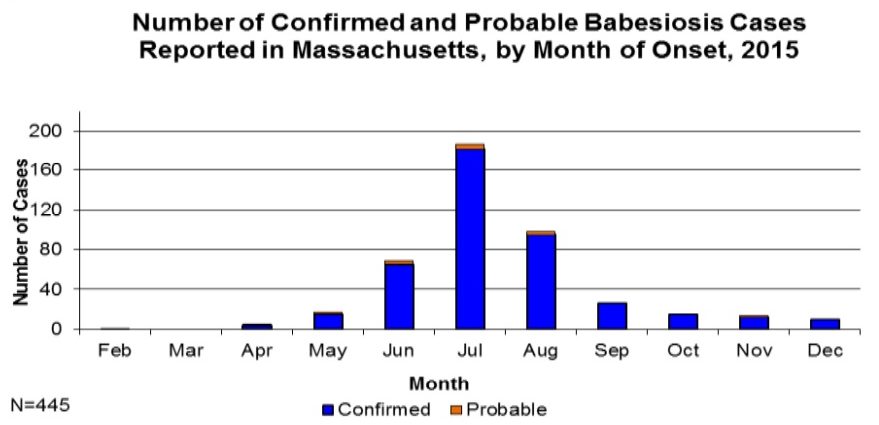

 Where would repair people, mechanics and homeowners be without this 11th Wonder of the Fix-it World? Well, there’s yet another use for it when it comes to ticks. Before ticks become attached to your skin or your dog’s skin, tear off a piece of duct tape and “stick it to them”. Blotting up any ticks on the skin removes the tick and prevents them from becoming lost before you can throw them out. Use a big enough piece of tape to fold it over the tick after removing it and seal them inside. When you’re done, throw the tape in the trash. How easy is that?
Where would repair people, mechanics and homeowners be without this 11th Wonder of the Fix-it World? Well, there’s yet another use for it when it comes to ticks. Before ticks become attached to your skin or your dog’s skin, tear off a piece of duct tape and “stick it to them”. Blotting up any ticks on the skin removes the tick and prevents them from becoming lost before you can throw them out. Use a big enough piece of tape to fold it over the tick after removing it and seal them inside. When you’re done, throw the tape in the trash. How easy is that? It’s OK; this one isn’t as bad as it sounds. Since you have some privacy and your pants and lower garments are off it’s easy to spot any ticks on your skin. Ticks like to hang out for a free meal in grassy and brushy areas. They climb to a height anywhere from our ankles to knees. They dry out quickly in the heat and sun so they try to find shade ASAP. When they find you, that shade is under your clothes and not outside the fabric. Once they get near your skin, they begin looking for places where the skin is thin and where the biggest blood supply can be found. That is usually in the creases and folds of our skin, such as your waist and groin area.
It’s OK; this one isn’t as bad as it sounds. Since you have some privacy and your pants and lower garments are off it’s easy to spot any ticks on your skin. Ticks like to hang out for a free meal in grassy and brushy areas. They climb to a height anywhere from our ankles to knees. They dry out quickly in the heat and sun so they try to find shade ASAP. When they find you, that shade is under your clothes and not outside the fabric. Once they get near your skin, they begin looking for places where the skin is thin and where the biggest blood supply can be found. That is usually in the creases and folds of our skin, such as your waist and groin area.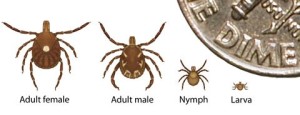
 Hard ticks and soft ticks all need moisture, especially hard ticks like deer ticks. Other soft ticks take a bit longer to dry out. So tip #3 is to put the clothes you wore outside in the dryer as soon as you come indoors. Do this before washing them. Ten minutes on high heat will dry out hard ticks and 15+ minutes will dry out the softer ones. Washing won’t destroy ticks, no matter how hot the water. Remember, they need moisture and are active in warm months so warmth and water are their two best friends. Very dry and hot are their worst nightmare. Once your clothes are finished in the dryer, wash them knowing you won’t be releasing any ticks into your closets or clothes hamper.
Hard ticks and soft ticks all need moisture, especially hard ticks like deer ticks. Other soft ticks take a bit longer to dry out. So tip #3 is to put the clothes you wore outside in the dryer as soon as you come indoors. Do this before washing them. Ten minutes on high heat will dry out hard ticks and 15+ minutes will dry out the softer ones. Washing won’t destroy ticks, no matter how hot the water. Remember, they need moisture and are active in warm months so warmth and water are their two best friends. Very dry and hot are their worst nightmare. Once your clothes are finished in the dryer, wash them knowing you won’t be releasing any ticks into your closets or clothes hamper.